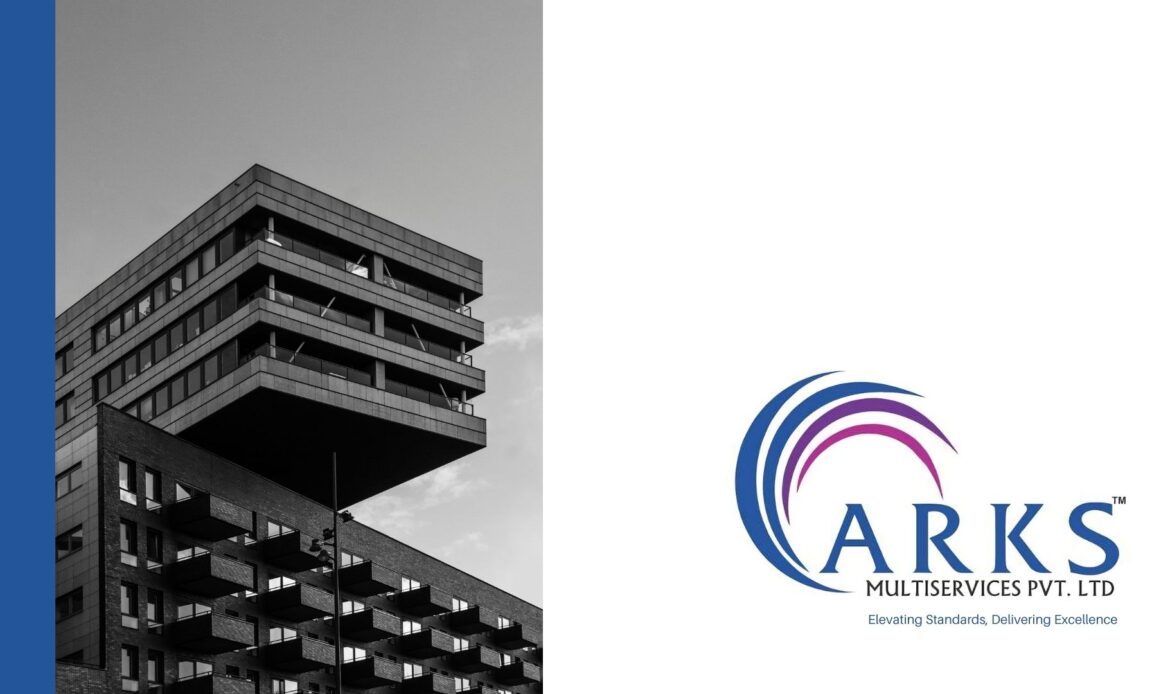The concept of “home” has undergone a dramatic transformation. No longer simply a shelter, it’s now a dynamic, interconnected ecosystem, seamlessly weaving technology into the fabric of daily life. The integration of technology into modern living spaces is not just about gadgets and gizmos; it’s about creating environments that are more comfortable, efficient, safe, and personalized.
This evolution is driven by the increasing accessibility of smart home technologies, the proliferation of the Internet of Things (IoT), and a growing desire for convenience and control. Let’s delve into the various facets of this integration and explore how it’s reshaping our homes.
The Pillars of a Smart Home:
The Pillars of a Smart Home:
- Smart Lighting:
- Gone are the days of simple on/off switches. Smart lighting systems allow for remote control, automated schedules, and customizable ambiance.
- LED smart bulbs can change color temperature, dim or brighten, and even sync with music or movies.
- Motion sensors can automatically turn lights on or off, saving energy and providing convenience in areas like hallways and closets.
- Climate Control:
- Smart thermostats learn your habits and preferences, automatically adjusting the temperature for optimal comfort and energy efficiency.
- Zoned heating and cooling systems allow for independent temperature control in different rooms.
- Integration with weather forecasts ensures that your home’s climate is always perfectly regulated.
- Home Security:
- Smart security systems offer a comprehensive layer of protection, including video doorbells, motion sensors, and smart locks.
- Remote monitoring capabilities allow you to keep an eye on your home from anywhere in the world.
- Real-time alerts notify you of any suspicious activity, providing peace of mind.
- Entertainment and Connectivity:
- Smart TVs, streaming devices, and audio systems provide immersive entertainment experiences.
- Whole-home Wi-Fi networks ensure seamless connectivity throughout the house.
- Voice assistants like Amazon Alexa and Google Assistant act as central hubs, controlling various devices and providing hands-free access to information.
- Smart Appliances:
- Smart refrigerators can track your groceries, create shopping lists, and even suggest recipes.
- Smart ovens and washing machines can be controlled remotely and programmed to operate at specific times.
- These appliances contribute to a more efficient and convenient lifestyle.
The Benefits of Integration:
- Enhanced Convenience:
- Smart home technologies automate routine tasks, freeing up your time and energy.
- Remote control capabilities allow you to manage your home from anywhere.
- Voice control provides hands-free access to information and device control.
- Increased Energy Efficiency:
- Smart thermostats and lighting systems optimize energy usage, reducing your carbon footprint and saving money on utility bills.
- Smart appliances are designed to be more energy-efficient than traditional models.
- Improved Security:
- Smart security systems provide a comprehensive layer of protection, deterring intruders and providing peace of mind.
- Remote monitoring capabilities allow you to keep an eye on your home even when you’re away.
- Personalized Comfort:
- Smart home technologies allow you to customize your living environment to your specific preferences.
- Automated systems learn your habits and preferences, creating a truly personalized experience.
- Increased Property Value:
- Adding smart home technology to your home can increase it’s market value.
The Pillars of a Smart Home:
The future of smart homes is bright, with ongoing advancements in artificial intelligence (AI), machine learning, and IoT. Here are some trends to watch:
- AI-Powered Automation:
- AI will play an increasingly important role in automating and personalizing smart home experiences.
- AI-powered systems will learn your habits and preferences, anticipating your needs and providing proactive assistance.
- Enhanced Connectivity:
- 5G and other advanced networking technologies will enable faster and more reliable connectivity for smart home devices.
- This will lead to more seamless integration and more sophisticated applications.

- Focus on Health and Wellness:
- Smart homes will increasingly incorporate technologies that promote health and wellness, such as air quality monitors, sleep trackers, and fitness devices.
- Sustainable Living:
- Smart homes will play a key role in promoting sustainable living by optimizing energy consumption and reducing waste.
- Increased intergration with Augmented and virtual reality.
- AR and VR will become more intergrated in home design and function.



